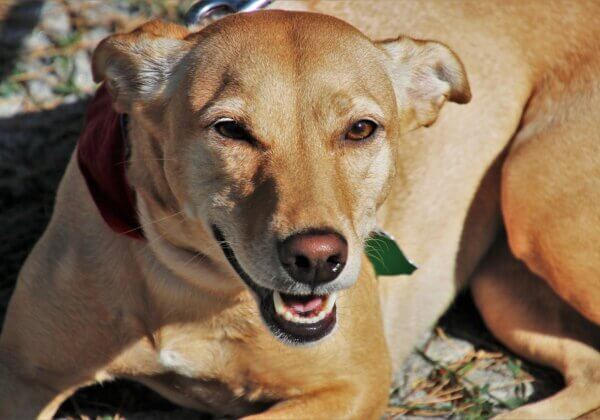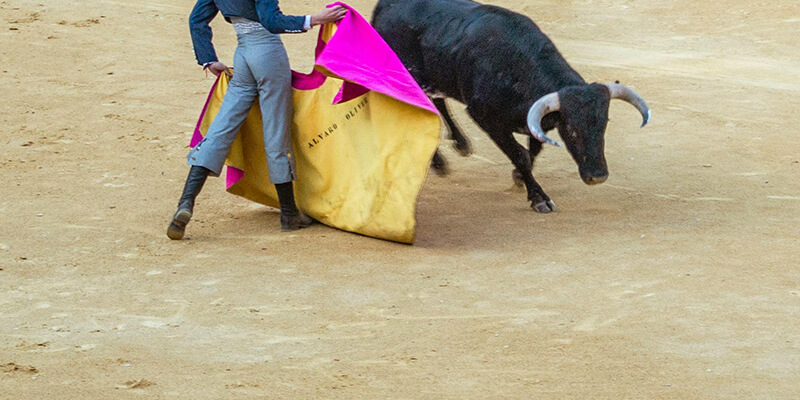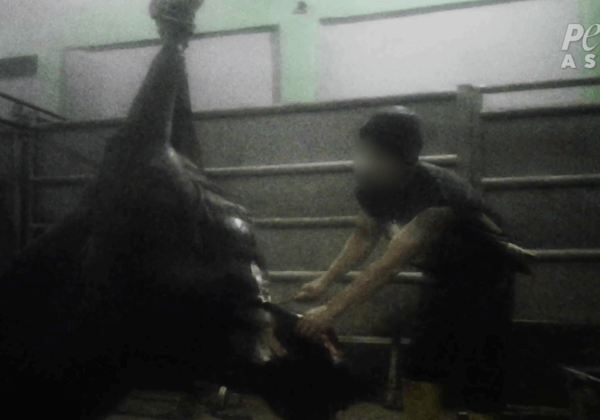Safeguarding Animals During Bushfires
Bushfire season in Australia is deadly for wildlife as well as companion and farmed animals.
The Rural Fire Service lists 1 October to 31 March as the statutory danger period for bushfires.
It’s crucial that everyone with animals has a plan to protect them during a bushfire or other emergency. The following information could help save lives in the event of a disaster.

Animal Companions
Never leave animals behind to fend for themselves. If this is impossible, never leave them tied or chained up or confined to a kennel.
Arrange for an evacuation destination ahead of time. Although emergency evacuation shelters might not have accommodations for animals, motels often allow dogs, cats, and other animal companions to stay on the premises or will waive their non-animal rules in the event of an emergency. Other options include boarding kennels (for which you’ll likely need to ensure all vaccinations are up to date) or the homes of family members or friends who are out of harm’s way.
Always make sure that your companions have an ID tag attached to their collars in case they become frightened and bolt.
Never leave animals unsupervised for any amount of time in a car: they can suffer from heatstroke within minutes, even if water is available and the windows are slightly open.
Have an evacuation kit ready with secure carriers for small animals or leashes for dogs, food and water bowls, toys and blankets, and enough food for at least a week.
Carry birds, rabbits, guinea pigs, mice, and other small animals in crates or secure boxes with sufficient small air holes. Snakes and lizards need to be transported with a secure lid. You can learn more about preparations on the RSPCA website.
If you see someone else’s animal in distress and are unable to help, call authorities for assistance.
 Photo by Silje Midtgård on Unsplash
Photo by Silje Midtgård on Unsplash
 Photo by Silje Midtgård on Unsplash
Photo by Silje Midtgård on UnsplashHorses and Farmed Animals
If you’re responsible for a large number of horses or farmed animals who cannot be moved, don’t leave them confined.
For horses and farmed animals, identify or prepare a fuel-reduced, low-risk area or closely grazed or ploughed paddock to which the animals can be moved prior to a fire. Ensure there is plenty of water available from a source that doesn’t rely on power or above ground pipes and at least a week’s worth of food.

Wildlife
Please don’t go looking for wildlife. As much as you may want to help, don’t enter areas affected by a fire to try to rescue wildlife unless you’re with an authorised group and have received proper training and equipment. Attempting to do so may endanger you and put more strain on already busy emergency services.
Leave out shallow bowls of water in your yard for animals escaping from fires. Place a few sticks or stones on one side of the bowls to allow smaller animals to climb out if they fall in.
Don’t approach injured snakes, flying foxes, macropods, raptors, or monitor lizards, as these animals must be rescued by trained specialists. Call WIRES for assistance on 1300 094 737.
Other injured or orphaned animals should be taken to an emergency vet, and you can call your local RSPCA shelter or wildlife rescue group if you need help with catching them. Most urban areas have an emergency vet open late at night as well. Vets are obliged by law to treat wildlife for free.
Keep a torch, towels, and blankets and a large cardboard box in your car to help you catch and contain the animal until you arrive at the vet. Displaced and injured wildlife will be sensitive and stressed, so stay calm and quiet when approaching wild animals. The fewer people involved the better. If you rescue animals who have been burned, don’t attempt to feed them.
If you have a swimming pool in your backyard, create a ramp with something buoyant like a boogie board, tied to something secure outside the pool.
If you come across a dead female kangaroo or other marsupial, please remember to check her pouch for a baby. Find out more about doing this here.
Although it’s impossible to prevent fires and other natural disasters, proper planning can help reduce risks to animals and casualties.








